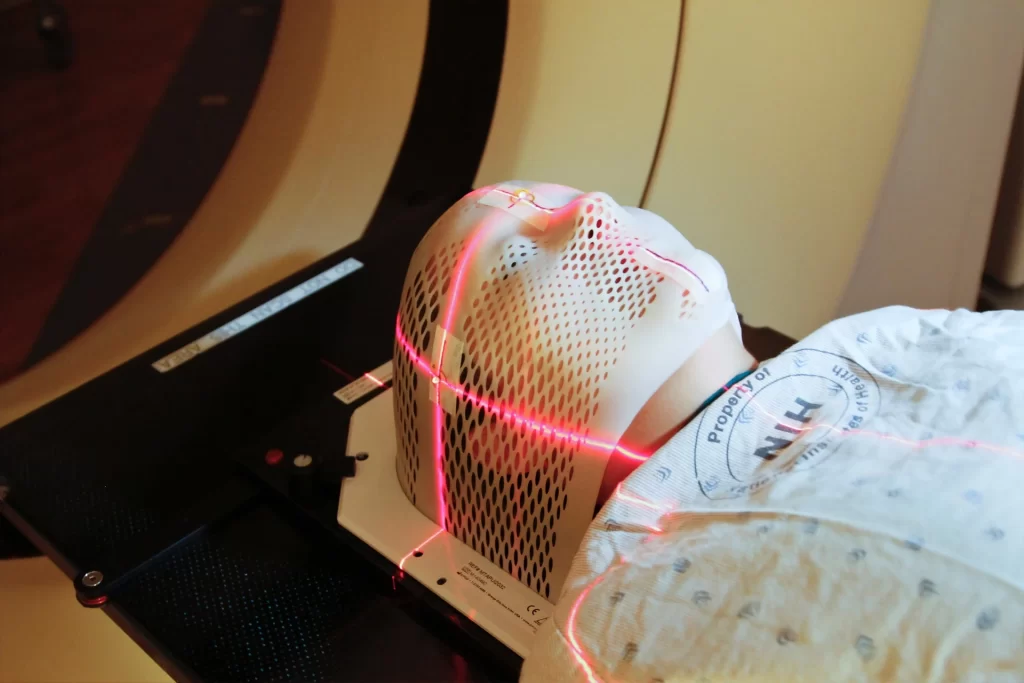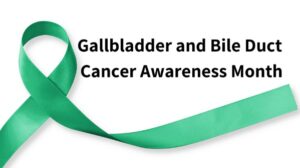Have you ever wondered what you can do to reduce your cancer risk? Many primary and secondary prevention methods can help lower your risk.
In this blog post, we will discuss both the primary and secondary prevention of cancer and give you some tips on how you can reduce your risk. Let’s take a look!
What is Cancer?
Cancer is a class of diseases characterized by out-of-control cell growth. There are more than 100 different types of cancer, and each type develops differently—however, all kinds of cancer share one common trait: the uncontrolled growth of cells. Cancer can develop anywhere in the body, and it is typically diagnosed when abnormal cell growth forms a mass or tumor.
In some cases, cancer cells can spread to other parts of the body, a process known as metastasis. While there are many different causes of cancer, the most common include genetics, lifestyle choices, and exposure to certain substances.
Cancer treatment often depends on the stage of the disease, but common treatments include surgery, chemotherapy, and radiation therapy. With early detection and advances in treatment, survival rates for many types of cancer have been steadily increasing.
As the global population ages, the number of cancer cases is expected to rise sharply in the coming years. However, cancer remains one of the biggest challenges to global health.
Cancer can be prevented through primary and secondary prevention strategies.
Primary prevention of cancer
Primary prevention of cancer or avoidance is an effort that prevents either a precancerous or cancerous condition from starting. Many lifestyle factors can increase your risk of developing cancer, including smoking, excessive alcohol consumption, being overweight or obese, and exposure to UV radiation.
Primary prevention of cancer aims to make healthy lifestyle choices, including quitting smoking, eating a healthy diet, maintaining a healthy weight, avoiding exposure to known carcinogens, and getting regular exercise. These simple lifestyle changes can have a significant impact on your cancer risk.
Remember, the best way to reduce your risk of cancer is to adopt a healthy lifestyle and get regular check-ups and screenings. If you have any concerns about your risk of cancer, talk to your healthcare provider. Primary and secondary prevention of cancer helps people choose healthy behaviors to lower their risk of getting cancer.
Secondary prevention of cancer
Secondary prevention is the discovery and removal of small cancers before they have metastasized beyond the focus of origin. For example, a woman with a small breast lump can be managed with surgery and complete removal of the cancerous lesion.
Secondary prevention also includes essential strategies for reducing the burden of cancer like regular cancer screenings, early detection, lifestyle changes to reduce risk factors and close monitoring by a doctor or other healthcare provider, and effective treatment.

While secondary prevention cannot guarantee that cancer will not return, it can significantly improve the chances of surviving a recurrence. For anyone who has faced cancer, secondary prevention is essential for staying healthy and keeping the disease at bay.
In addition to lifestyle changes, some medical interventions can help prevent cancer. For example, vaccinations, such as the HPV vaccine, can help protect against certain types of cancer.
Screening tests, such as mammograms and colonoscopies, can help catch cancer early when it is most treatable. You can significantly reduce your risk of developing this deadly disease by taking these steps.
Cancer is a devastating disease that claims the lives of millions of people each year. While there is no cure, early detection and treatment can dramatically improve the chances of survival.
We hope you found this blog informative. Thanks for reading! 🙂





